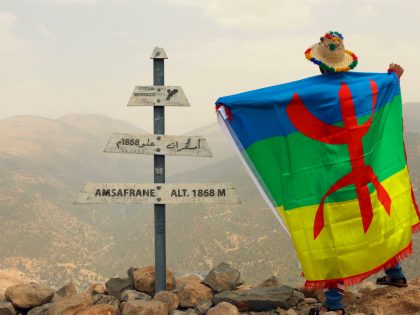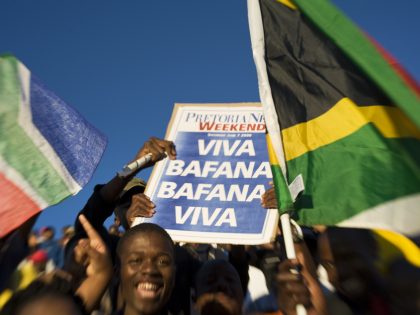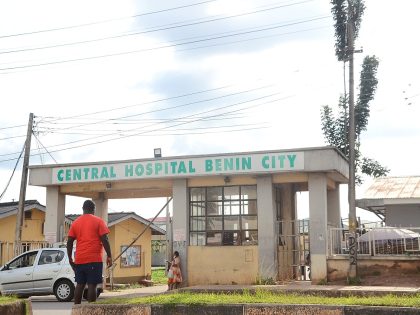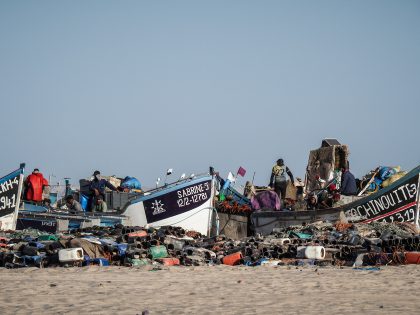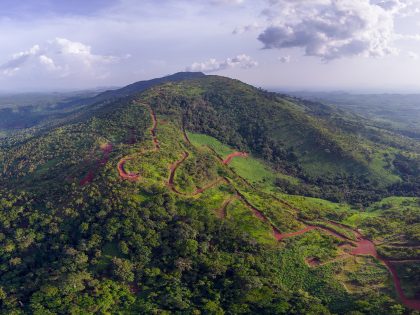The World Bank has a terrible memory
Writing from afar plus writing with sun glasses that are heavily tainted with ideology is dangerous.

I am currently working on a small project with some colleagues on the economic impact of natural resources in developing countries. Most of my reading and interest in working on this project has drifted towards understanding the history of the copper industry in my native Zambia. I recently encountered this set of sentences in the background section of a World Bank and UK Aid document on the copper industry in Zambia [my emphasis]:
The history of Zambia’s copper mining industry is one of decline followed by revival. From around 700,000 tonnes in the 1970s, copper production fell to just 255,000 tonnes in 1998 as nationalization of the mines proved counter-productive. However, since the mines were privatized in the 2000s, investment and output have revived, and Zambia is regaining its world market share.
This is what happens when you write from afar in addition to writing with sunglasses that are heavily tainted with ideology: 30 to 40 years of history is condensed into three short sentences making sweeping statements.
So only nationalization, which, by the way, happened in 1969, explains the nose-dive in output at the end of a 30 year period? What about the role of the collapse in copper prices in the intervening period? In the decade running up to nationalization (1960 to 1968), real (inflation-adjusted) copper prices increased by 69%. In the three decades after nationalization but before privatization, copper prices performed as follows: a 45% decline in the 70s, a 7% increase in the 80s and a 39% decline in the 90s. Over the entire period 1970 to 1999, the real (inflation-adjusted) price of copper declined by an incredible 70%! Shouldn’t such a substantial reversal of fortunes feature prominently in any historical assessment of the performance of Zambia’s copper industry? (Ironically, the World Bank maintains a database of historical commodity prices from which these numbers were sourced).
And what about the role of the oil price shocks in the 1970s which led to a build-up of debt and certainly an increase in production costs? Between 1970 and 1979, the real (inflation-adjusted) price of crude oil rose by 900%! In the decade running up to nationalization, the real price of crude actually declined by 25%. (These numbers are from the World Bank price database linked to above). Imagine if you will, the double challenge of maintaining profitability and production in the face of declining output prices and increasing production costs.
What about the fact that Zambia, in nationalizing the mines, had to issue costly bonds so as to compensate the previous mine owners? (This point is covered in vivid and heartbreaking detail by Andrew Sardanis in his book Zambia: The First 50 Years. Sardanis speaks from first-hand experience as he was at the time of nationalization part and parcel of Dr. Kenneth Kaunda’s administration). And what about the role played by Structural Adjustment Policies (SAPs), which, by the way, the World Bank has admitted were largely counterproductive (see, for example, this World Bank study)? A defining feature of SAPs was the reduction of production subsidies to state-run enterprises.
And privatization is the only factor explaining the revival? What about the disasters during the early days of privatization of the mines? For example, Binani which bought Baluba and Roan Mines in Luanshya and later stripped these two mines of their assets? This was no small issue – people lost their jobs and died from depression because Binani was not interested in production. Girls in Luanshya town were forced into prostitution to make ends meet. An entire town, whose social and economic life was previously buttressed by the state-run copper company, almost collapsed under the new private owners. And what about Anglo American’s sudden withdrawal in 2002 from Konkola and Nchanga mines and the uncertainty this wrought on the country? This sudden withdrawal sent the Zambian government into a tailspin that culminated in the selling of the mines that Anglo left behind for a song.
And surely the historic recovery in the market for copper in the last decade must have played a big role in the recovery of production? Between 2000 and 2010, real (inflation-adjusted) copper prices increased by a whopping 230%! Anybody, be it a state-run entity or private entity, would have responded to this incredible rise in copper prices by producing more.
Writing from afar plus writing with sun glasses that are heavily tainted with ideology is dangerous.





